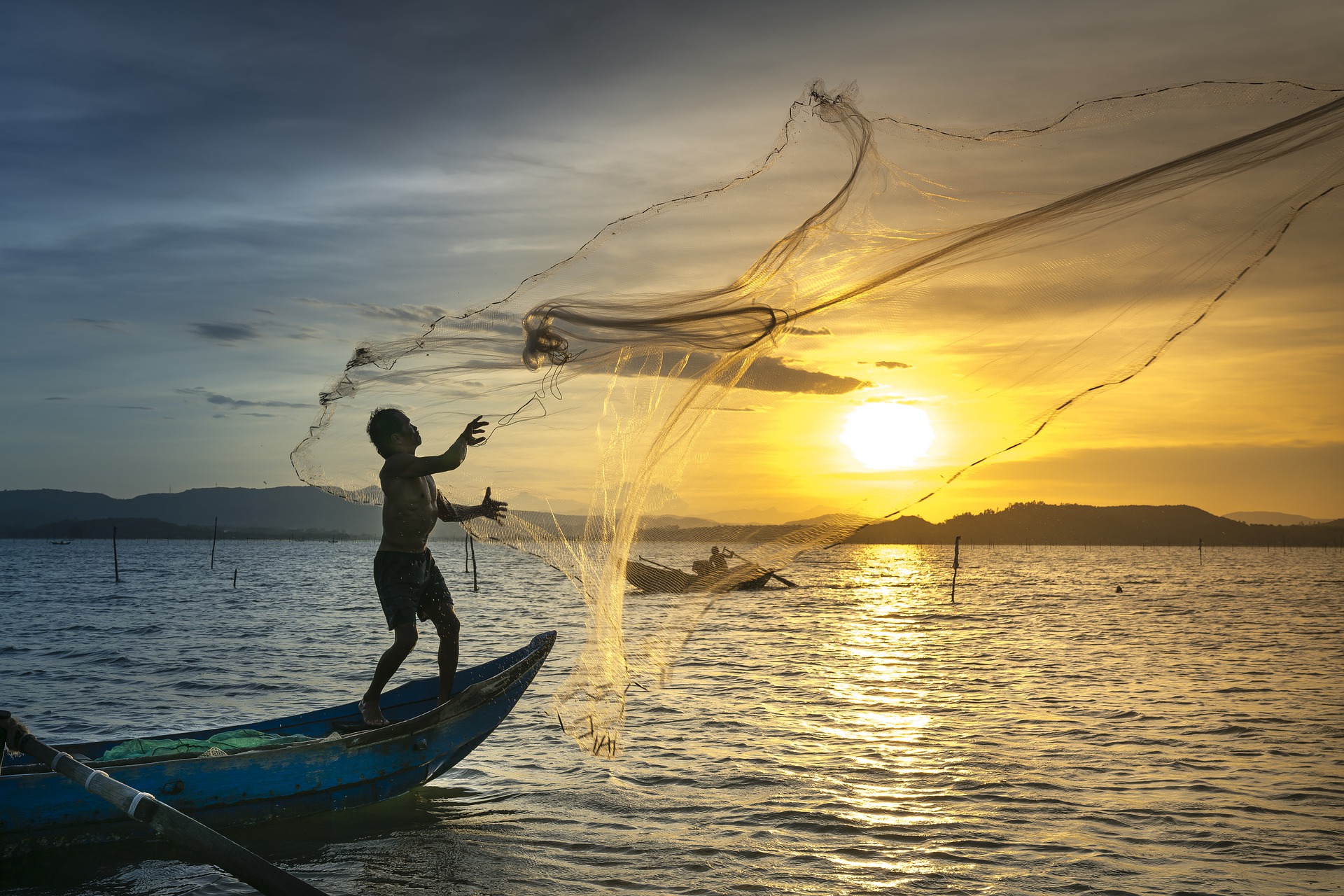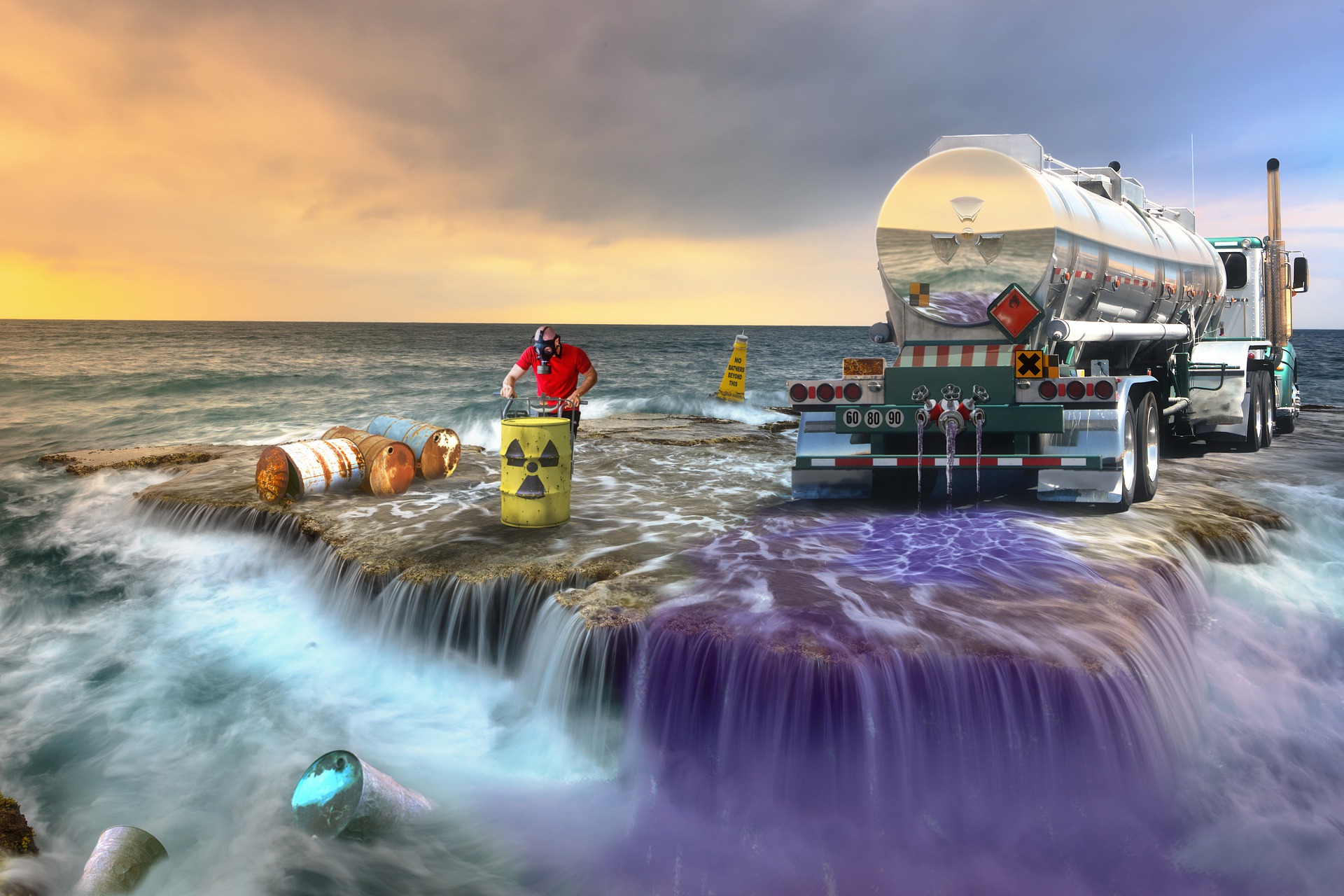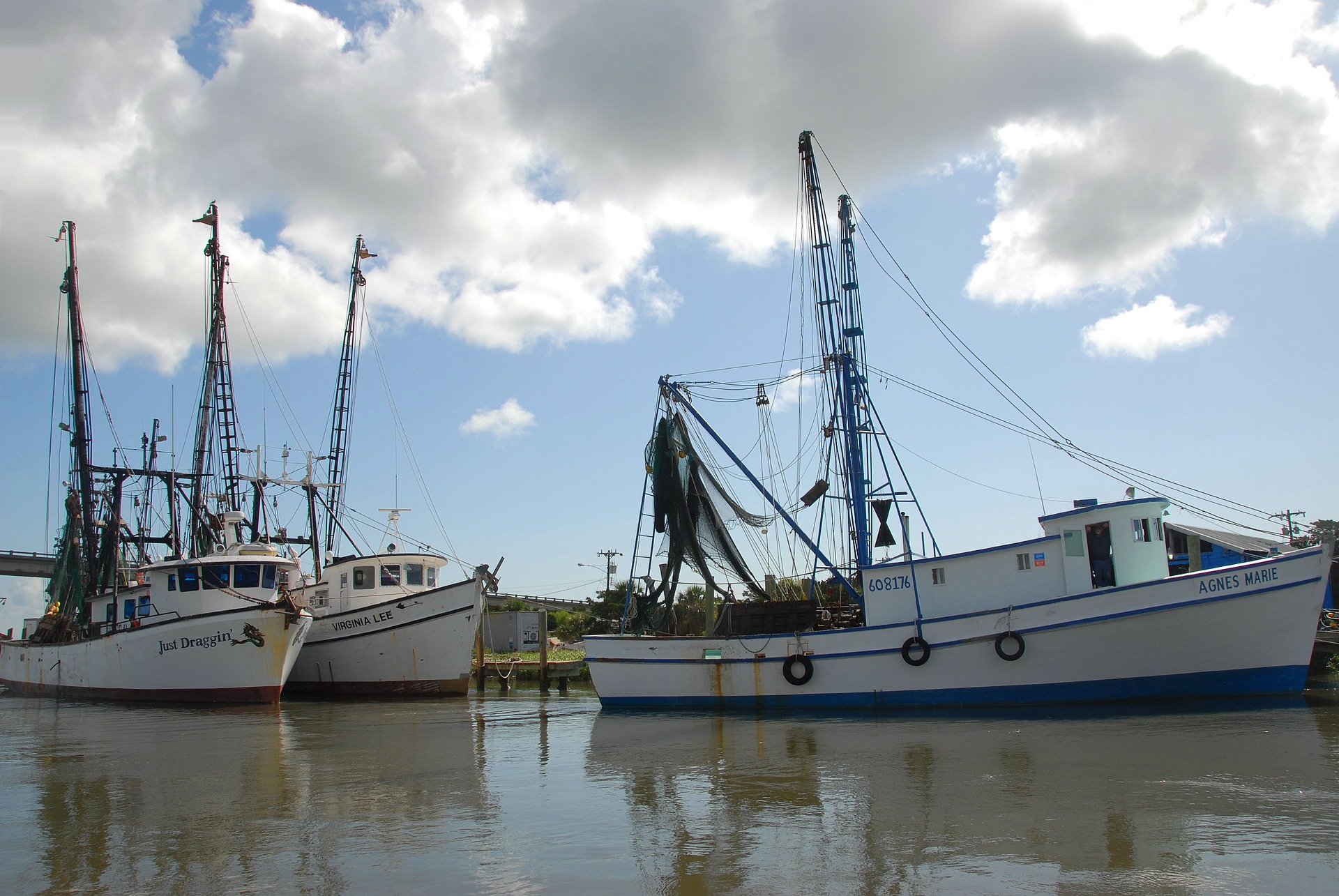Our seas, planet Earth’s most significant carbon sink, and ecosystem are on a death spiral. Eighty-seven percent of the world’s oceans are dying. A natural question arises out of this: Is ‘sustainable seafood’ really working? Are we being sold a marketing lie? What other immediate measures need to be put in place to give our oceans some necessary breathing space?
Seafood consumption continues to rise, with a 122 percent increase in total fish consumption between 1990 and 2018. Fish accounts for 17% of all animal protein consumed globally, and the ocean is also an important income source. A lot of fish is going where it shouldn’t: For example, anchovies and sardinella, part of a traditional local diet, are fished by international fleets off northwest Africa. Many coastal communities, particularly in poorer nations, miss out.
Peculiarities also exist in Australia, surrounded by ocean, yet 70% of the seafood eaten by Australians is being imported, making seafood Australia’s largest food product import.

The truth is, Australian seafood exports at a premium price, and a price Australians generally won’t pay, a perfect illustration of how price, taste, convenience drive consumer habits. Farmed seafood can be imported at low prices to satisfy Australian seafood lovers, but forget the romantic notion of most of this being from our shores! Australia’s prized export, BlueFin Tuna, is ranched in aquaculture cages, which began years ago in response to overfishing by international fleets. In coming months, thousands of baby snapper fingerlings will be released in South Australian gulf waters to rebuild stocks of this native species in crisis, highly-prized for eating and sport-fishing.
The United Nations First World Ocean Assessment considers the ocean seriously-degraded. There are even some predictions the world’s oceans will have no fish by 2048. The UN Convention of the Law of the Sea developed the new High Seas Treaty, with a fourth negotiation session in New York last year delayed because of the pandemic. It urgently needs to be finalized and ratified by all member nations in 2021.

Our largest ecosystem is being trashed. The ocean occupies 70 percent of our planet. Everything ends up here: drug residues, microplastics from our clothing, pollution, plastics en masse, fishing waste, agricultural and mining runoff, other extractive industries. We also need to include in this menacing mix an existing global fleet 2-3 times larger than what our oceans can support, crisscrossing our oceans.
Large factory ships trawl our oceans – even poach our oceans, particularly in unregulated areas such as the high seas, to the point where 100 million sharks, our apex predators of the sea, are killed each year. Many end up as bycatch.
Overall, the world wastes 50 million tons of fish every year.
Terms such as ‘sustainable seafood’ are considered contentious, even worse by those who have devoted their lives to protecting our oceans.
Trying to navigate around what sustainable seafood implies is also proving quite difficult. Different factors need to be assessed: breeding habits, migration routes, and fishing methods employed to impact the broader ecosystem.

Then there’s the issue of fuel: Demand is growing for crustaceans like prawns or shrimp. Asia consumes 3/4 of the world’s shrimp supply, which is why Singaporean biotechnology company Shiok Meats, with its focus on cultivated crustaceans, is so important. Catching shrimp conventionally in our oceans results in higher emissions as the global fishing fleet goes further out to sea to catch shrimp, and unfortunately, high rates of bycatch as well.
Aquaculture is controversial, even though on the rise and in some inland locations, better controlled and more efficient in terms of what is fed to the fish. However, most fish farming is in freshwater and oceans, where warming waters and changing environmental conditions put a big question mark on their long-term viability in this climate change era.
We still can’t get away from the fact that eating animals is highly-inefficient: Food must be grown to feed animals that are ultimately consumed. As it stands, twenty percent of global wild fish catch goes to feed other animals.
Plant-based seafood needs real focus and serious support, along with the eventual commercial viability of cultivated or cellular seafood.
The crisis in our oceans needs immediate intervention. Let’s explore two solutions, a fishing moratorium, and plant-based seafood.
High Seas Fishing Moratorium
A powerful intervention would be an immediate moratorium on fishing the high seas and creating further mobile marine reserves that are agile enough to follow migratory animals and those creatures whose habitats alter due to climate and current changes long overdue. The high seas are our last global commons.
Monitoring this moratorium via satellites and other technological solutions to watch fishing activity is feasible, given the strides in monitoring systems, new technology, and social media, making it possible to monitor boat activity across the entire ocean. If ever there were a right time for this, it is now.
The impact of a moratorium would result in the protection of two-thirds of our oceans, so that fish stocks could rebuild while giving less-developed coastal nations a much fairer share of fisheries resources.
Also, to promote nature-centered diversity and stability in vulnerable coastal nations, sustainable, climate-ready infrastructure projects could be advanced.
Algae farms were deemed suitable, offer one such alternative. Seaweed is being heralded as a better ingredient in the production of faux tuna steaks as the plant-based meat category continues its expansion into new areas. Richer in protein than soybeans, we’ve only just begun with seaweed – and it can be grown super-efficiently. Red seaweed is currently being researched at a molecular level.
One immediate beneficiary of a moratorium would be the Galapagos Marine Reserve, holding the world’s largest sharks concentration. Fishing vessels have been known to fish in the high seas pocket between the Galapagos Marine Reserve and Ecuador’s sovereign waters. Many of the Marine Reserve species are migratory, regularly leaving the UNESCO-declared reserve protection for the high seas.
Corals would be given more recovery assistance, allowing the 4,000 fish species living around coral reefs to remove corals’ algae.
Plant-Based Seafood
At this critical juncture, plant-based seafood has a significant and immediate role to play in taking pressure off our oceans. It is also delicious, comparatively low-cost, sustainable, highly-marketable, and available now. Just think, no mercury, no microplastics, viable for people with seafood allergies, or others overwhelmed and downright confused by the ‘sustainable’ label.
Some commercially-available plant-based seafood varieties to date include fish fillets, seafood fingers, tuna, crab meat, crumbed prawn/shrimp. Using a mixture of peas, soy, chickpeas, and lentils can achieve a flaky texture. Konjac is also a preferred ingredient in some plant-based seafood produced in Malaysia. For ‘from scratch’ cooking enthusiasts, recipes appear in social media and alternative news/lifestyle platforms, emulating the look and fish’s taste to a certain degree.
A Global Data Report predicts plant-based seafood as the next big trend in plant-based protein. There is every chance industrial fishing with insufficient accountability will become a stranded asset. Leading cell-based/cultivated seafood companies like Blue Nalu are committed to collaboration with the seafood industry, providing a viable third option to traditional seafood and a sustainable, viable way forward, without compromising on taste or ethics.
Three out of four of the 60 largest listed protein companies, including both meat and fish groups, have not put in place reduction targets for emissions, according to investment advisory research network, FAIRR Initiative.
Investment continues to move across into the alternative protein sphere, with investment/targets to grow alternative proteins jumping by more than fourfold since 2018. Add China’s increasing interest in and support for plant-based meat alone, and the alternative protein spectrum has the appearance of being an unstoppable trajectory. Plant-based seafood and cellular seafood will form a critical part of this.
What are we waiting for? Time to take a deep, deep dive!









